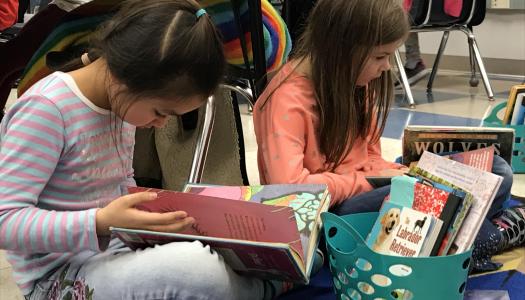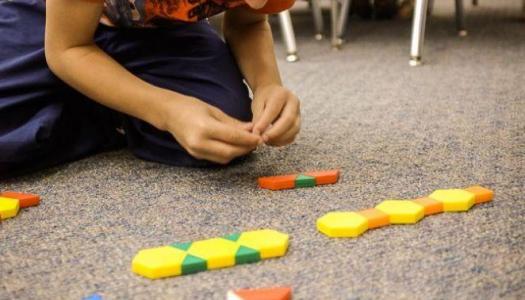Joan Moser
As I sat next to Sonja, the third-grade student whom I was assessing by using a running record, I found myself stymied by her reading behaviors. Puzzling over the running record, I noticed that Sonja was using meaning when she came to visual challenges. Yet I was not seeing any consistent patterns with the visual cues she appeared to be using or miscuing. As she continued to read, I observed her and considered the best next steps for this young reader.
After a longer time than I care to admit, Sonja stopped reading and glanced over at me. “Mrs. Moser, are you okay? You quit writing.” Busted! Indeed, I had halted my note taking and was staring aimlessly at her CCPensieve page. I had contracted that horrible disease called Analysis to Paralysis.
Now you may be asking yourself, What is this ailment, and is it infectious? Analysis to Paralysis is actually a common condition. You experience it when you find yourself unsure of the best next steps for a child, or when you’re unable to put your finger on how to help a student move forward. It’s that feeling of utter incompetence that you experience when you assess a child for a long time but are still unable to decide on a direction. And yes, it can be contagious.
So what can you do when the inevitable Analysis to Paralysis hits? Here are a few of my favorite remedies:
- Ask the student to help you. For example, “Sonja, tell me about yourself as a reader.” Partnering with children, based on what they already know about themselves, to come up with a plan for next steps is a vital part of goal setting. Children have to be involved in setting their own goals, since they will be using those goals to become better readers. That means that asking the child to help is an effective remedy for Analysis to Paralysis.
- Remind yourself that you’re not seeking long-term goals. Choose a strategy, jump in and give it a try, monitor your results, and adjust. If the strategy isn’t making a difference, try a different one.
- Remember that each running record observation can be interpreted differently. If you put a group of teachers in a room and have them listen to a child and then analyze their assessments, you’ll end up with as many approaches to the student’s goals and instruction as there are teachers in the room.
The bottom line is that we educators need to jump in and get started! The best strategy is having a teacher who is present, listens, and tries different approaches—but above all, a teacher who cares.
News from The Daily CAFE
 Classroom Tips and Resources . . .
Classroom Tips and Resources . . .
One Book, Many Readers*
Five book clubs that promote enjoyment of a shared text.
 Timely Ideas . . .
Timely Ideas . . .
Guest Teacher Plans with Daily 5
Take a peek at a variety of guest teacher plans.
 Activities and Lessons . . .
Activities and Lessons . . .
What's Your Product Video*
This video is jam-packed with information about how to get Math Daily 3 started by learning a game.
 Focus on Health . . .
Focus on Health . . .
Sense of Direction
What fills you with peace and certainty?





